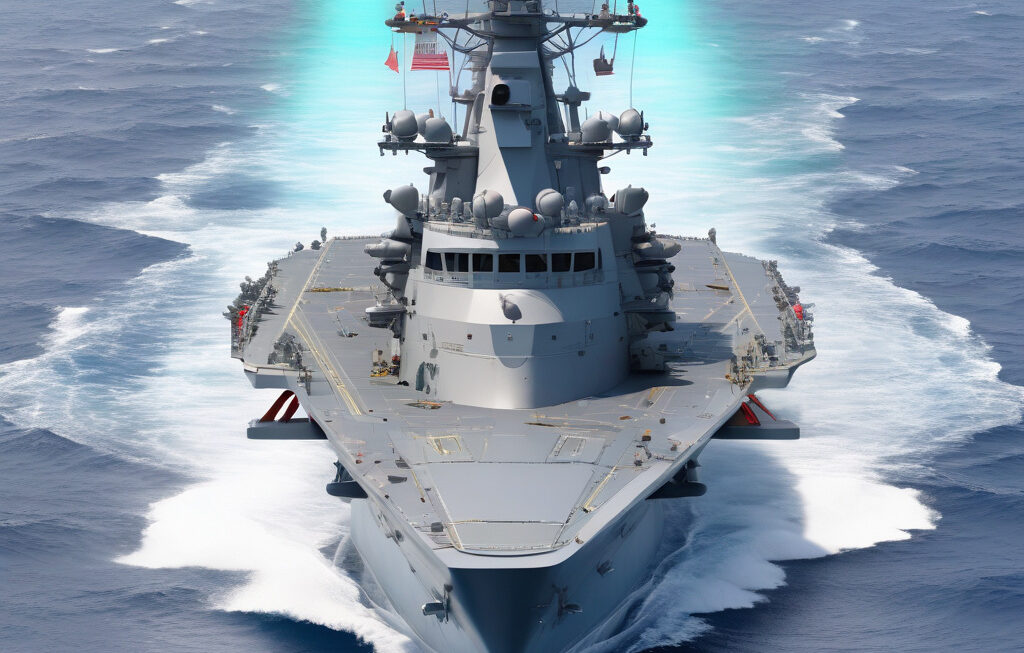B-1B ‘Bone’ goes hypersonic: US bomber to carry Mach 5+ missiles on wing pylons
The US Air Force is taking a significant step to improve the effectiveness of its combat aircraft by upgrading the B-1B Lancer, also known as the “Bone,” to carry hypersonic missiles capable of speeds exceeding Mach 5 on its wing pylons. This development marks a pivotal moment in the realm of military aviation, as the integration of hypersonic weapons onto a strategic bomber like the B-1B enhances the Air Force’s capabilities for rapid and precise long-range strikes.
The decision to equip the B-1B with hypersonic missiles underscores the military’s commitment to modernizing its arsenal to address evolving security challenges. Hypersonic weapons, with their incredible speed and maneuverability, present a game-changing advantage on the battlefield, enabling the Air Force to effectively engage time-sensitive targets with unparalleled speed and precision. By leveraging the B-1B’s existing platform and retrofitting it to accommodate these advanced missiles, the US military demonstrates its adaptability and readiness to confront emerging threats.
The shift towards hypersonic technology represents a strategic move to enhance the B-1B’s versatility and combat effectiveness. With the ability to launch hypersonic missiles from its wing pylons, the B-1B gains a substantial increase in firepower and operational flexibility. This upgrade not only extends the bomber’s reach but also enables it to engage a wider range of targets with greater efficiency, making it a formidable asset in modern warfare scenarios.
Moreover, the integration of hypersonic weapons on the B-1B aligns with the broader trend of military innovation and technological advancement. As nations around the world invest in developing hypersonic capabilities, the US Air Force’s decision to outfit the B-1B with such advanced weaponry reinforces its position at the forefront of military modernization. By staying ahead of the curve and incorporating cutting-edge technologies into its existing platforms, the Air Force ensures that its strategic assets remain highly relevant and potent in a rapidly evolving security landscape.
Beyond the immediate tactical advantages, the integration of hypersonic missiles on the B-1B underscores the importance of continuous modernization and investment in defense capabilities. In an era marked by rapid technological progress and evolving threats, maintaining a robust and adaptable military posture is essential to safeguarding national security interests. The upgrade of the B-1B exemplifies the Air Force’s commitment to staying ahead of potential adversaries and equipping its forces with the tools needed to prevail in future conflicts.
In conclusion, the decision to equip the B-1B ‘Bone’ with hypersonic missiles represents a significant leap forward in enhancing the US Air Force’s combat capabilities. By harnessing the power of hypersonic technology and integrating it onto a proven platform like the B-1B, the military is poised to bolster its strike capabilities and maintain its competitive edge in an increasingly complex security environment. This development underscores the pivotal role of innovation and modernization in shaping the future of military aviation and reinforces the Air Force’s commitment to staying at the forefront of technological advancement in the defense sphere.
B-1B, Bone, hypersonic, US Air Force, modernization












